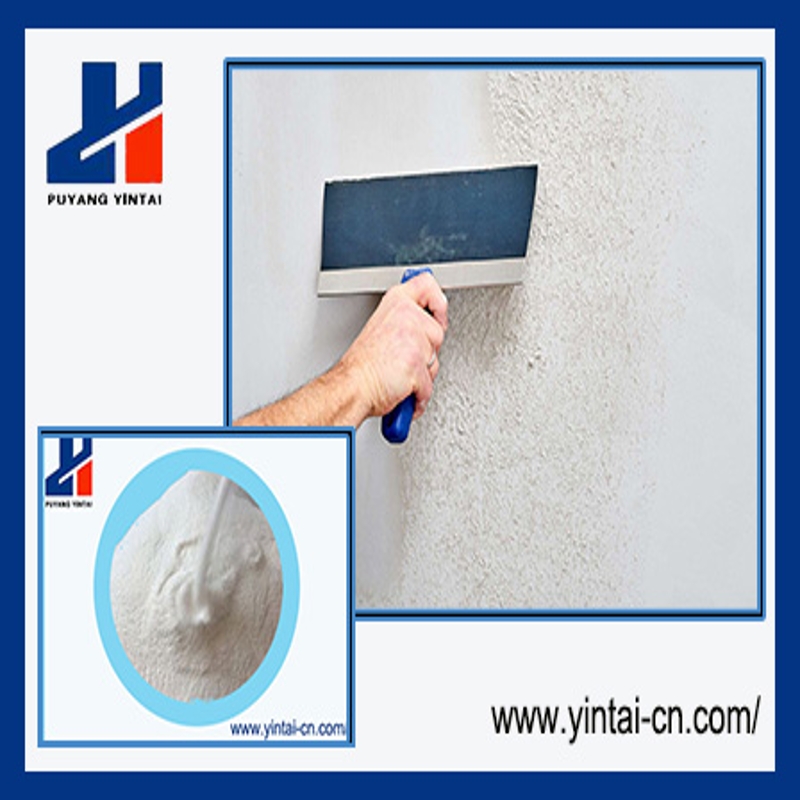-
Categories
-
Pharmaceutical Intermediates
-
Active Pharmaceutical Ingredients
-
Food Additives
- Industrial Coatings
- Agrochemicals
- Dyes and Pigments
- Surfactant
- Flavors and Fragrances
- Chemical Reagents
- Catalyst and Auxiliary
- Natural Products
- Inorganic Chemistry
-
Organic Chemistry
-
Biochemical Engineering
- Analytical Chemistry
- Cosmetic Ingredient
-
Pharmaceutical Intermediates
Promotion
ECHEMI Mall
Wholesale
Weekly Price
Exhibition
News
-
Trade Service
2.
The concept of unit cell
The unit cell refers to the parallelepiped with the smallest volume and the most right angles that can represent the chemical composition and symmetry of the crystal
.
The unit cell is the smallest structural unit of the crystal
In the unit cell, the atom (or ion) at the apex of the parallelepiped is shared by 8 unit cells when the unit cell is juxtaposed, so its contribution to the unit cell is 1/8 atom (or ion); the same is true , The atom (or ion) located on the edge of the parallelepiped contributes 1/4 atom (or ion) to the unit cell; the atom (or ion) located on the parallelepiped surface contributes 1 /2 atoms (or ions); the atom (or ion) located inside the parallelepiped contributes 1 atom (or ion) to the unit cell
.
[Example 6-1] In Figure 6-3 (a) and (b) are both parallelepipeds composed of Na + and Cl - , try to analyze which is the unit cell of NaCl
.
Figure 6-3 Two types of parallelepipeds in the NaCl product body
The de-unit cell refers to the parallelepiped with the smallest volume and the most right angles that can represent the chemical composition and symmetry of the product body
.
(1) Analyze whether the composition of the two parallelepipeds is representative
.
Parallel parallelepiped (a): CI -the number is 1/8×8 (vertex) + 1/2×6 (face center)=4;
The number of Na + is 1/4×12 (on the edge)+1×1 (body center)=4;
Ratio of the number of ions of Na + : CI - =.
1:.
Parallel parallelepiped (b): Na+ number is 1/8×4 (vertex)=1/2;
Cl - number is 1/8×4(vertex)=1/2;
Ratio of the number of ions of Na + : CI - =.
(2) Analyze whether the symmetry of the two parallelepipeds is representative
The parallelepiped (a) has a quadruple axis, a center of symmetry, etc.
The parallelepiped (b) has no quadruple axis, no center of symmetry, and cannot represent the symmetry of the crystal
The above analysis shows that the parallelepiped (a) is the crystal of NaCI
Although there are many kinds of crystals, according to the different unit cell parameters (the lengths of the three sides a, b, and c of the parallelepiped and the three angles a, β, and γ formed by the three sides), the structural characteristics of the crystal can be attributed to The seven categories are called the seven crystal systems, as shown in Table 6-2
Table 6-2 Unit cell parameters of the seven crystal systems
Related link: The concept of ionic crystal symmetry







